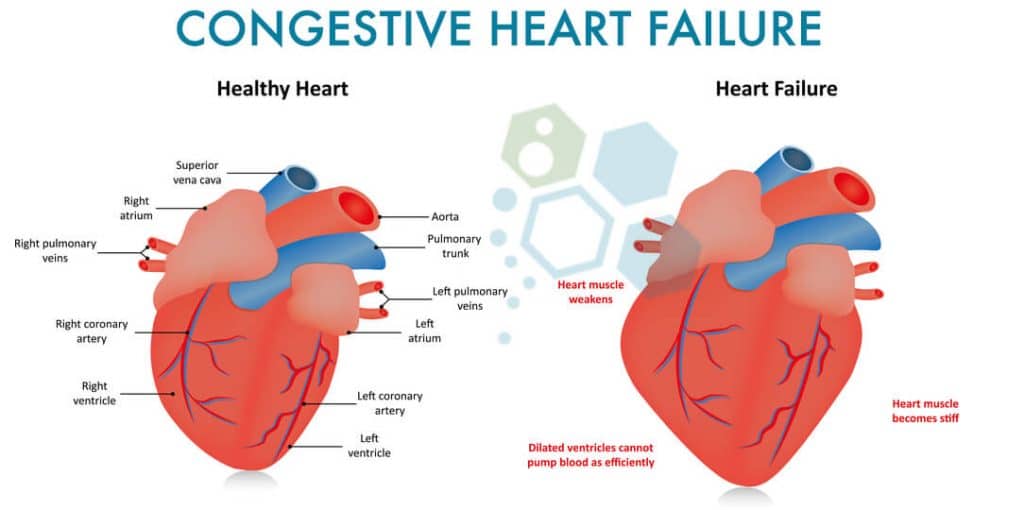Table of Contents
The authors keep in mind obstacles that continue to be, consisting of increasing the engraftment success and cell survival. Because the ISCI and Miller College are leaders around, the authors also stress the need to systematize definitions and outcomes steps in the field. "The Hare Laboratory stays at the center of introducing new treatments in this critical medical domain name.
Currently we are discovering just how to harness such stem cells to assist people heal their own broken hearts."The research study is routed by the Cedars-Sinai Heart Institute, with the cooperation of the Johns Hopkins College, where Dr. Marbn functioned prior to joining Cedars-Sinai in 2007. The 24 individuals taking part in the study have hearts that were damaged and scarred by cardiovascular disease.

It takes around 4 weeks for the cells to increase to numbers sufficient for therapeutic usage, around 10 to 25 million. In the third and last step, the now-multiplied stem cells are re-introduced into the individual's coronary arteries during a 2nd catheter treatment. All people in the research study needed to have skilled cardiac arrest within four weeks before registering in the study task.
Later on this summer season, it is expected that 12 even more people will certainly undergo procedures to get 25 million stem cells, while six added patients will certainly be checked as controls. The initial client, Kenneth Milles, a 39-year-old controller for a tiny building business in the San Fernando Valley, experienced a cardiovascular disease on May 10 due to a 99 percent clog in the left former descending artery, a major artery of the heart.
The procedure to expand the cardiac-derived stem cells involved in the study was established by Marbn when he got on the professors of Johns Hopkins University. The university has declared a license on that intellectual building, and has actually certified it to a firm in which Dr. Marbn has an economic interest.

All funding was acquired from the National Institutes of Health, the Donald W. Reynolds Structure and Cedars-Sinai Medical. Marbn holds The Mark Siegel Family Foundation Endowed Chair and Director of the Heart Institute.
Regenerative injections targeting Arrhythmias now available
Stem cell therapy for heart failure has actually emerged as a new way to deal with and take care of the core of the illness.
However, stem cell therapy can aid to minimize signs and symptoms and improve the heart's pumping capability. This treatment makes use of the ability of stem cells to self-regenerate and self-heal. Complying with the admission of stem cell injections for heart disease, several systems come into play: Stem cells for cardiac arrest advertise the formation of specialized heart muscular tissue cells and regrow damaged cells, improving the heart's pumping capability.
These are types of adult stem cells that are gotten from bone marrow, fat cells, and skin cells. These are the most usual and well-researched types of stem cells.
These are gotten from embryos and have the pluripotent capacity to change into any sort of cells, including cardiac ones. The major issue with these cells is that, as they are extracted from embryos, they have lots of moral and lawful limitations and are just used in specific scenarios. for the factors mentioned above.
Leading providers of stem cell therapy focused on Atherosclerosis
These cells stem in the heart and are well-suited to cardiac repair. Medical Expert, Swiss Medica medical professional The application and therapy of stem cell therapy is composed of five actions: Clients begin with an online appointment with our medical expert and are then reviewed by a cardiologist, that will certainly get the required clinical history, carry out blood examinations, and request imaging researches to determine whether stem cell treatment for heart failing is a viable choice.
We administer stem cells through painless stem cell shots for congestive heart failing. A highly trained physician will certainly infuse refined stem cells into the bloodstream; the entire procedure takes less than an hour. After ending up the heart disease stem cell treatment procedures, our clients will be monitored for any difficulties and results.
Table of Contents
Latest Posts
Stem cell injections for Heart Failure with minimal downtime
Can you manage High Blood Pressure with stem cells?
Does stem cell therapy support Peripheral Artery Disease and what patients are saying
Navigation
Latest Posts
Stem cell injections for Heart Failure with minimal downtime
Can you manage High Blood Pressure with stem cells?
Does stem cell therapy support Peripheral Artery Disease and what patients are saying